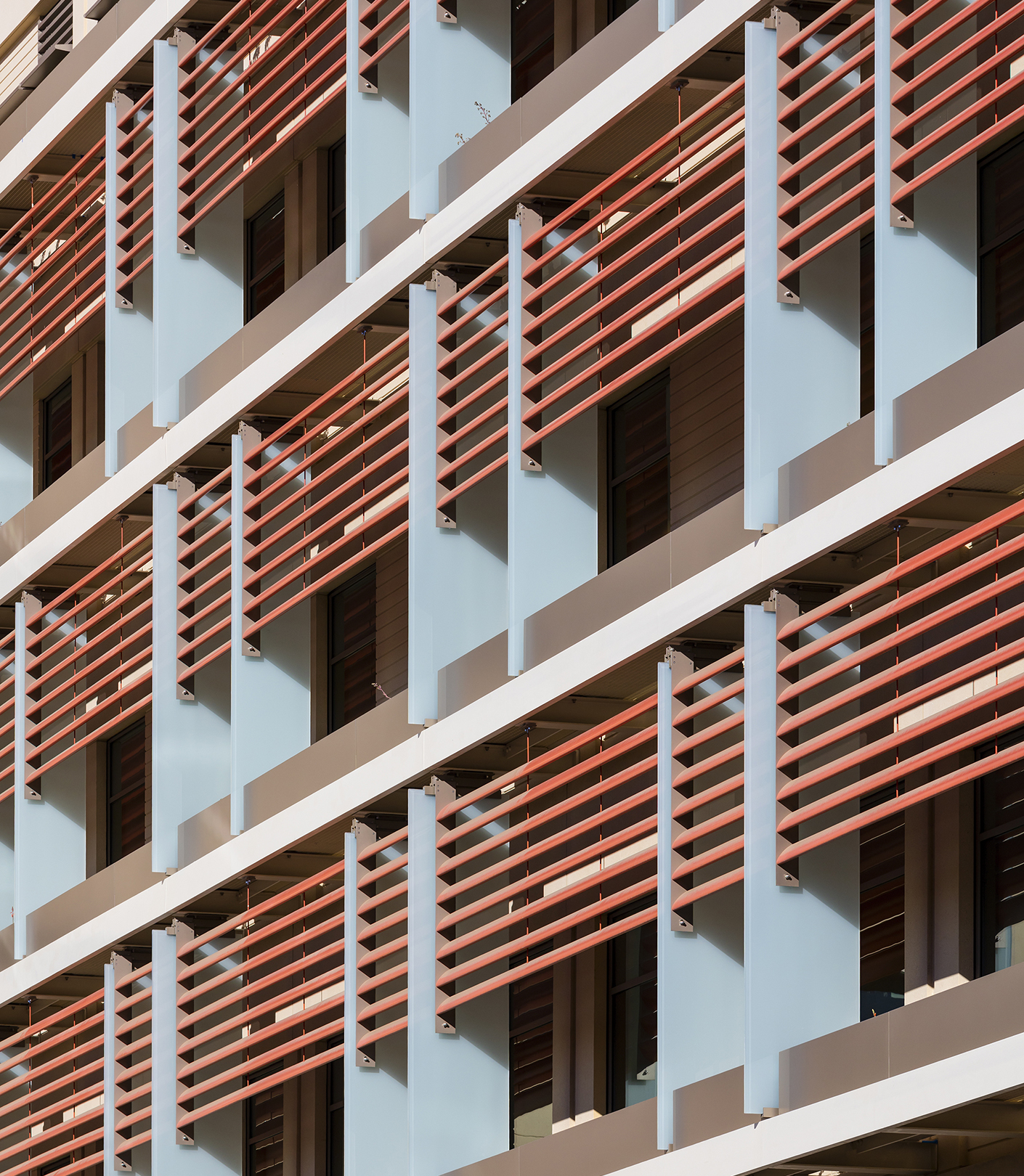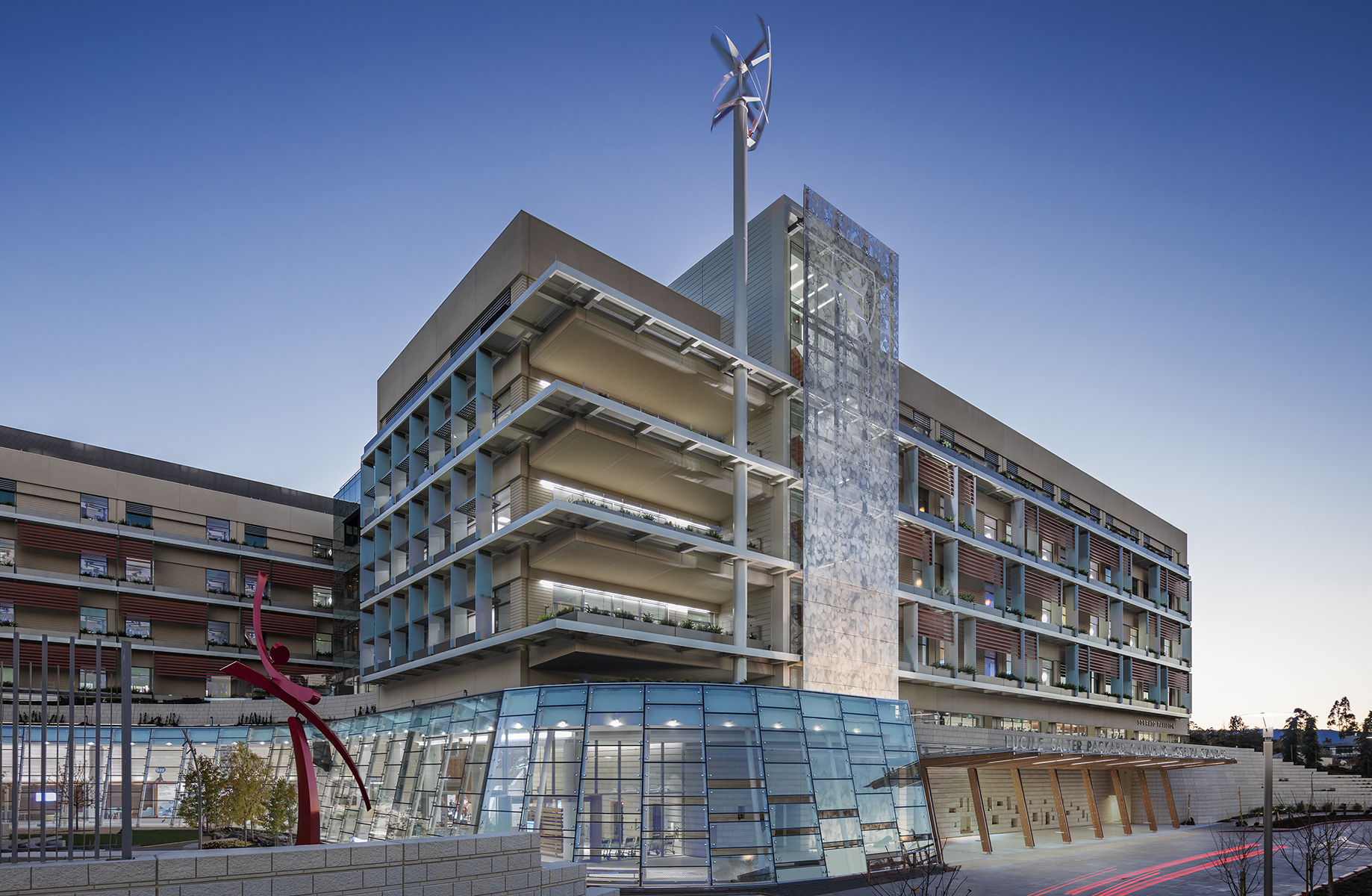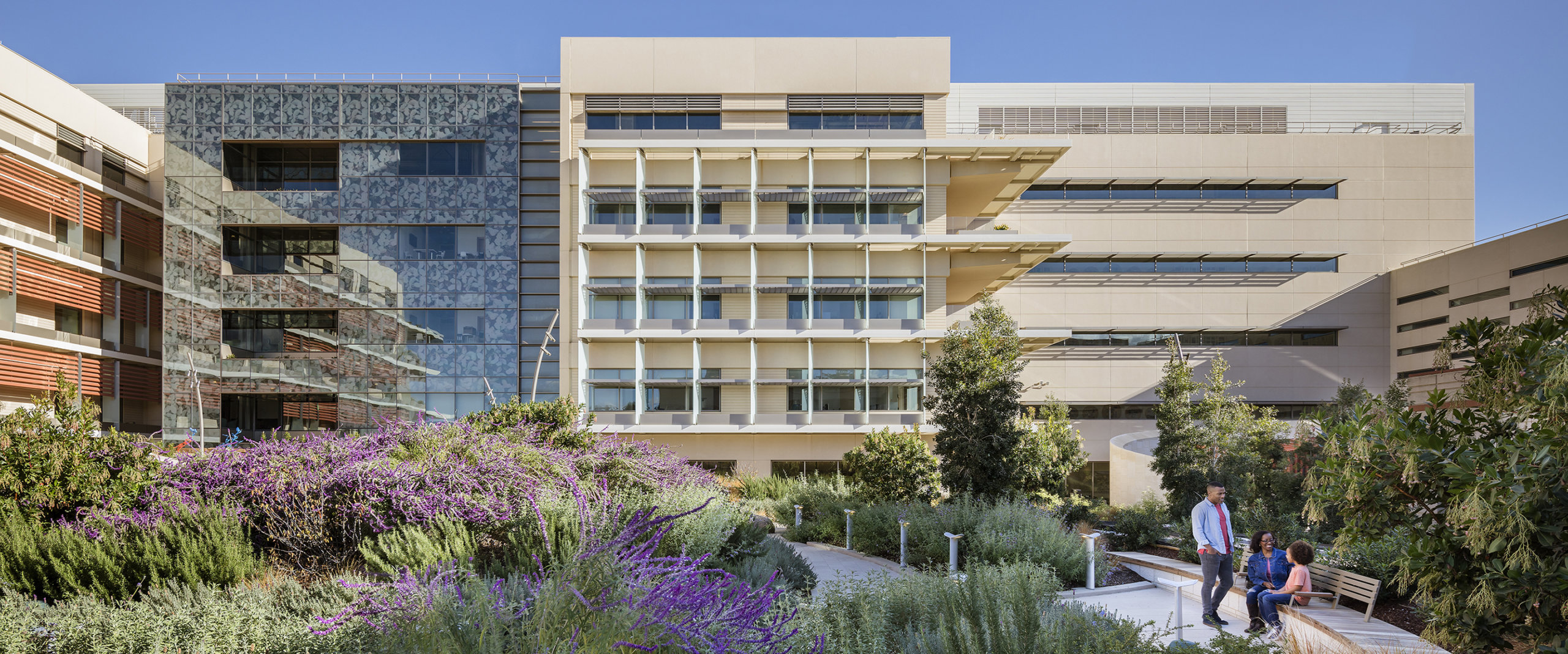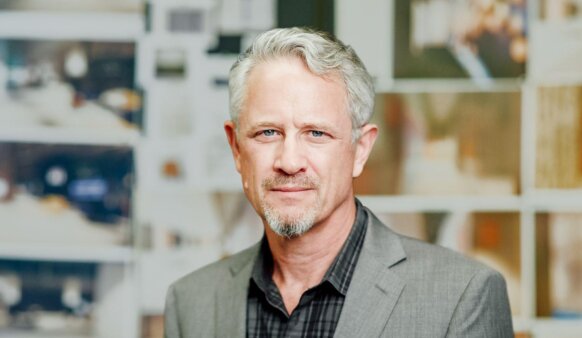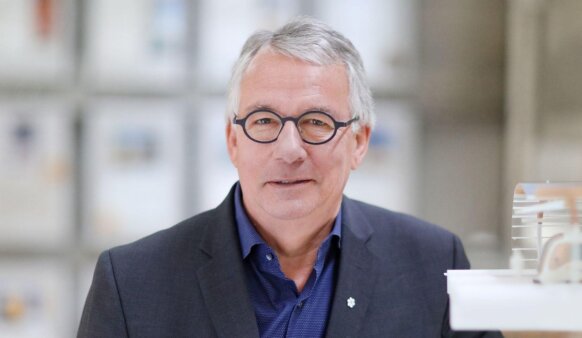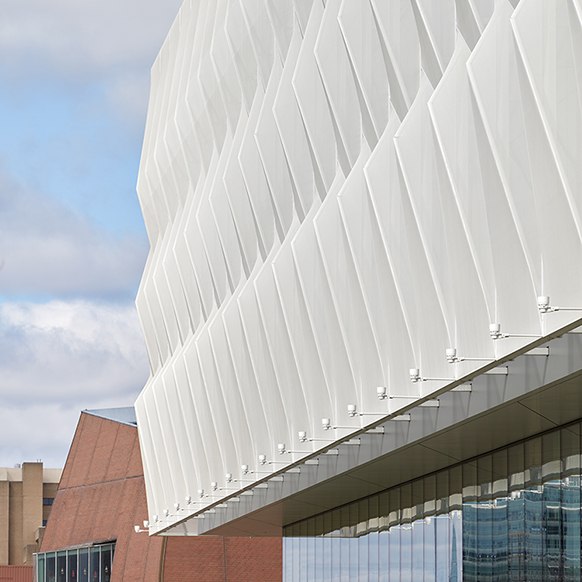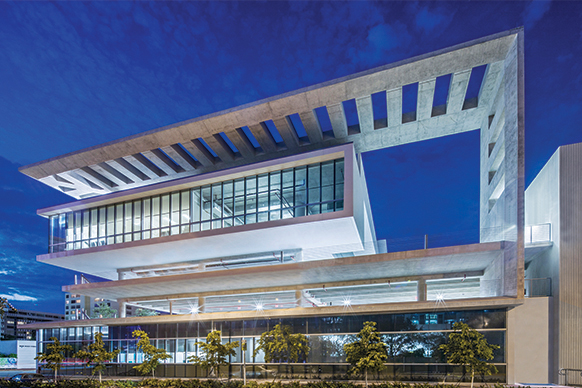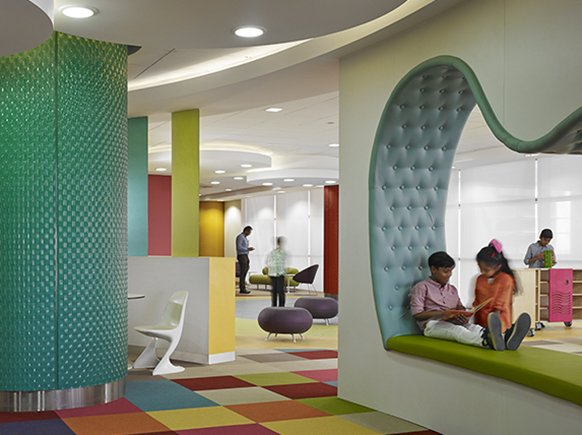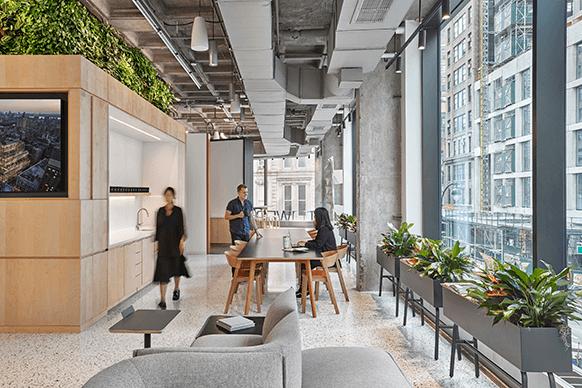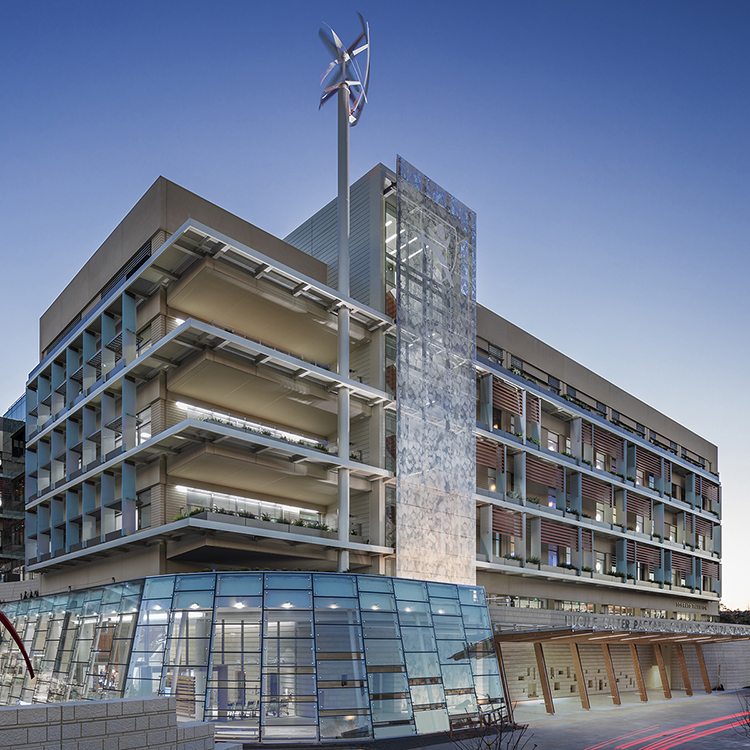
Lucile Packard Children’s Hospital Stanford
Providing state-of-the-art care to critically ill children from around the U.S. since 1991, Lucile Packard Children’s Hospital Stanford had largely outgrown its beloved hospital building by 2006. It needed a significant expansion, but interrupting ongoing patient care was out of the question. We worked closely with hospital and community leaders, doctors, staff, patients, and patients’ families to design a world-class, one-of-a-kind medical center that would connect to the existing hospital building seamlessly, but without ever disrupting care.
By the time it opened in 2017, Packard Children’s expansion had set a new global standard in children’s healthcare design and delivery. Audacious goals led to extraordinary achievements, from energy performance and water conservation to family amenities and educational opportunities for children. Together, we created one of the most environmentally progressive, technologically advanced, and family-supportive children’s medical care centers in the world.
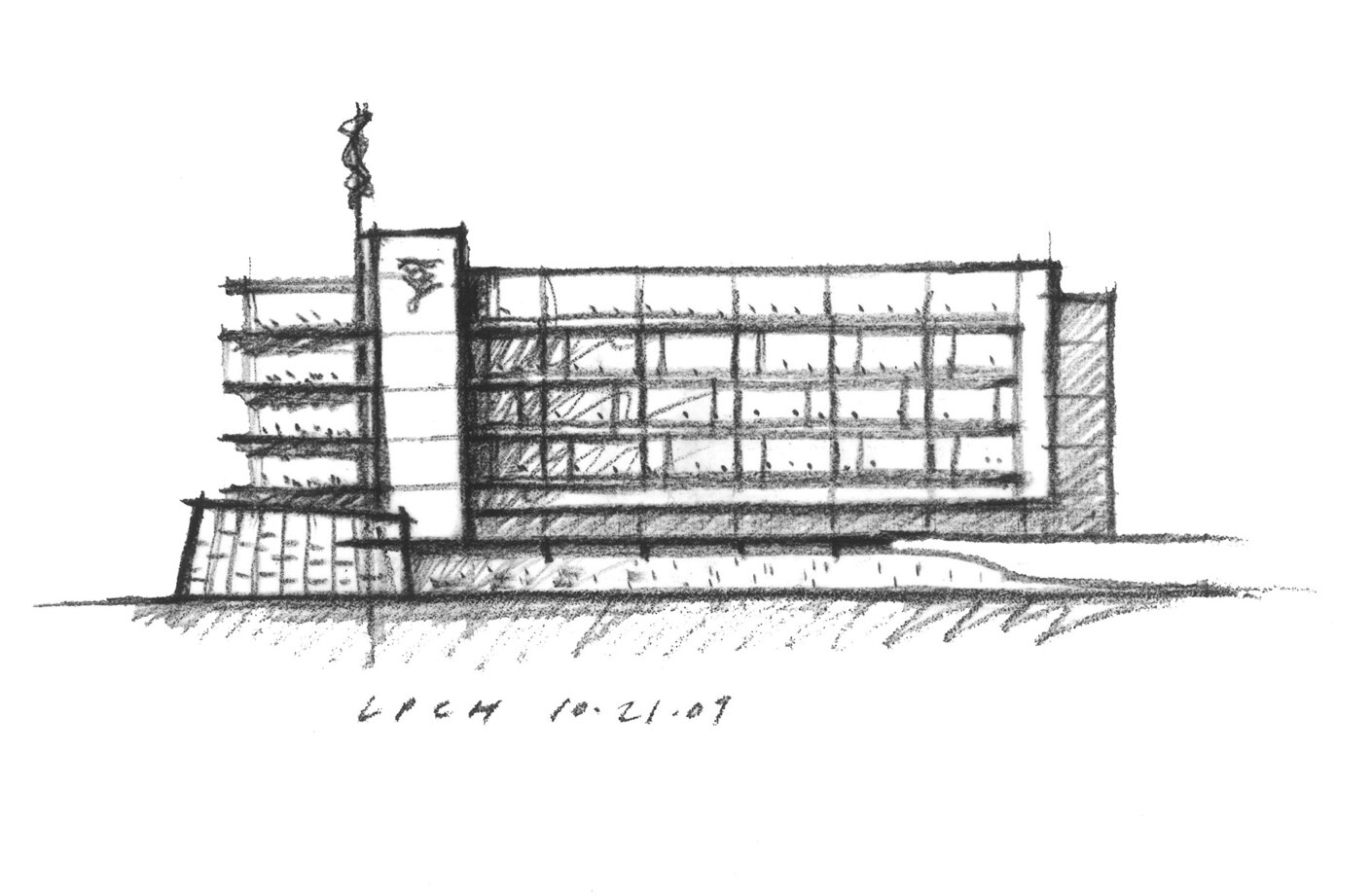
—Jennie, mother of a 6-year-old lifelong patient
It was important to recreate the comfort of “home” for the hospital’s patients and families. That’s why we designed a variety of spaces that allow families to be together and interact with each other, and their environment, in different ways.
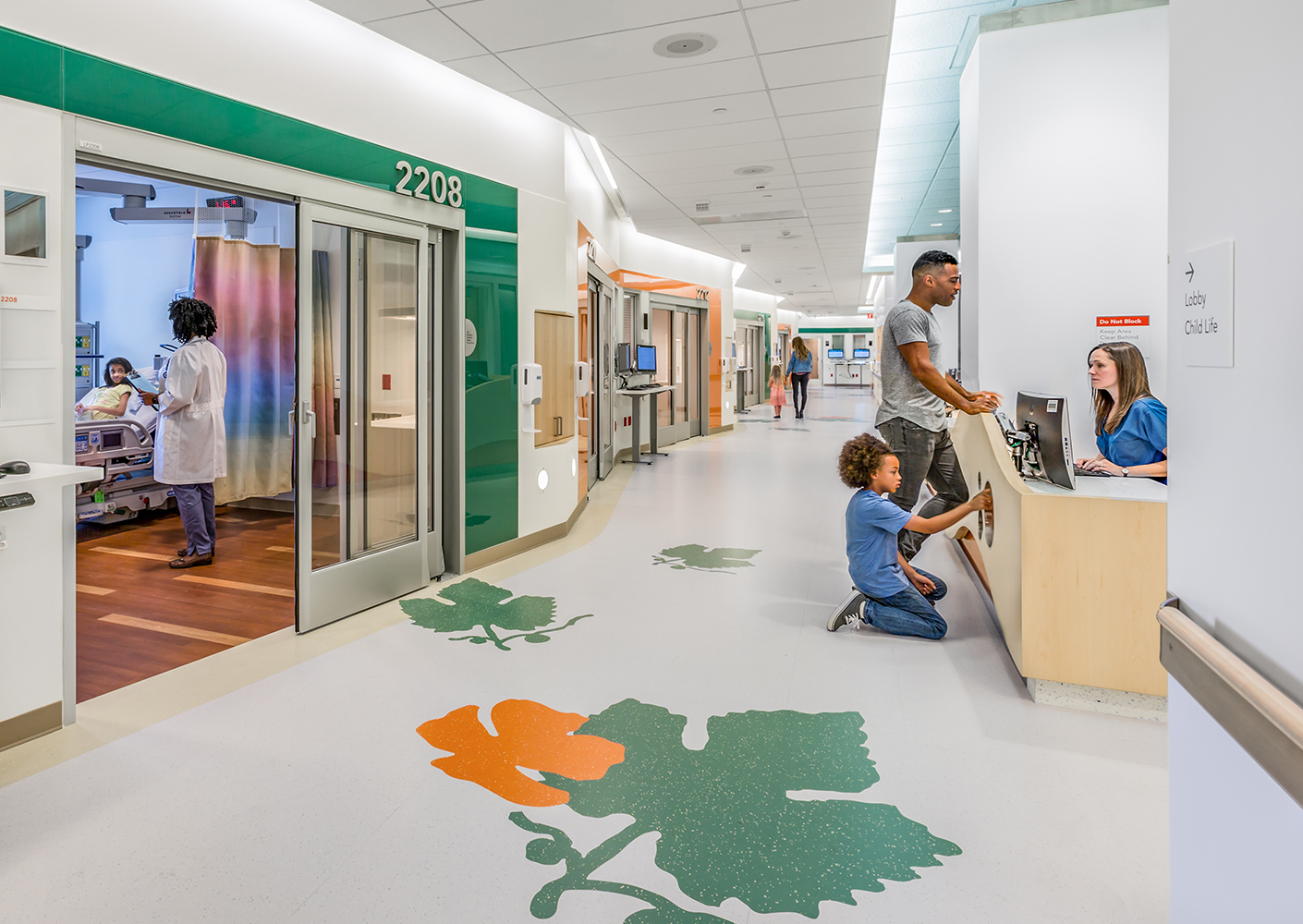
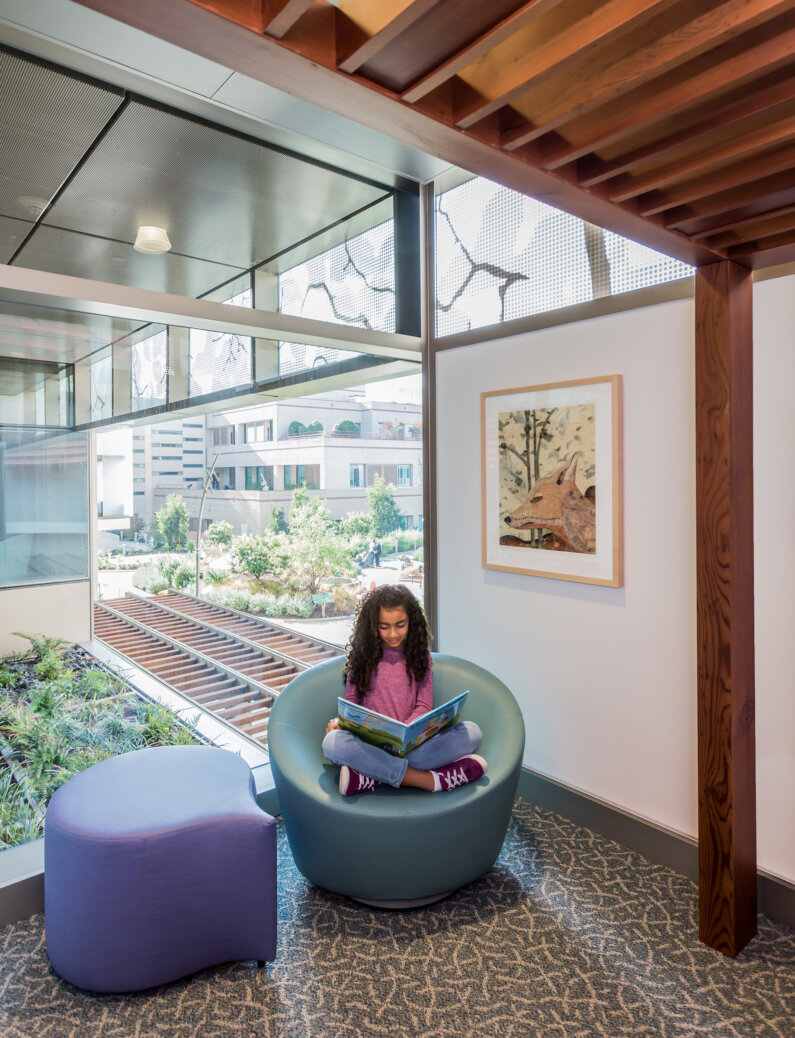
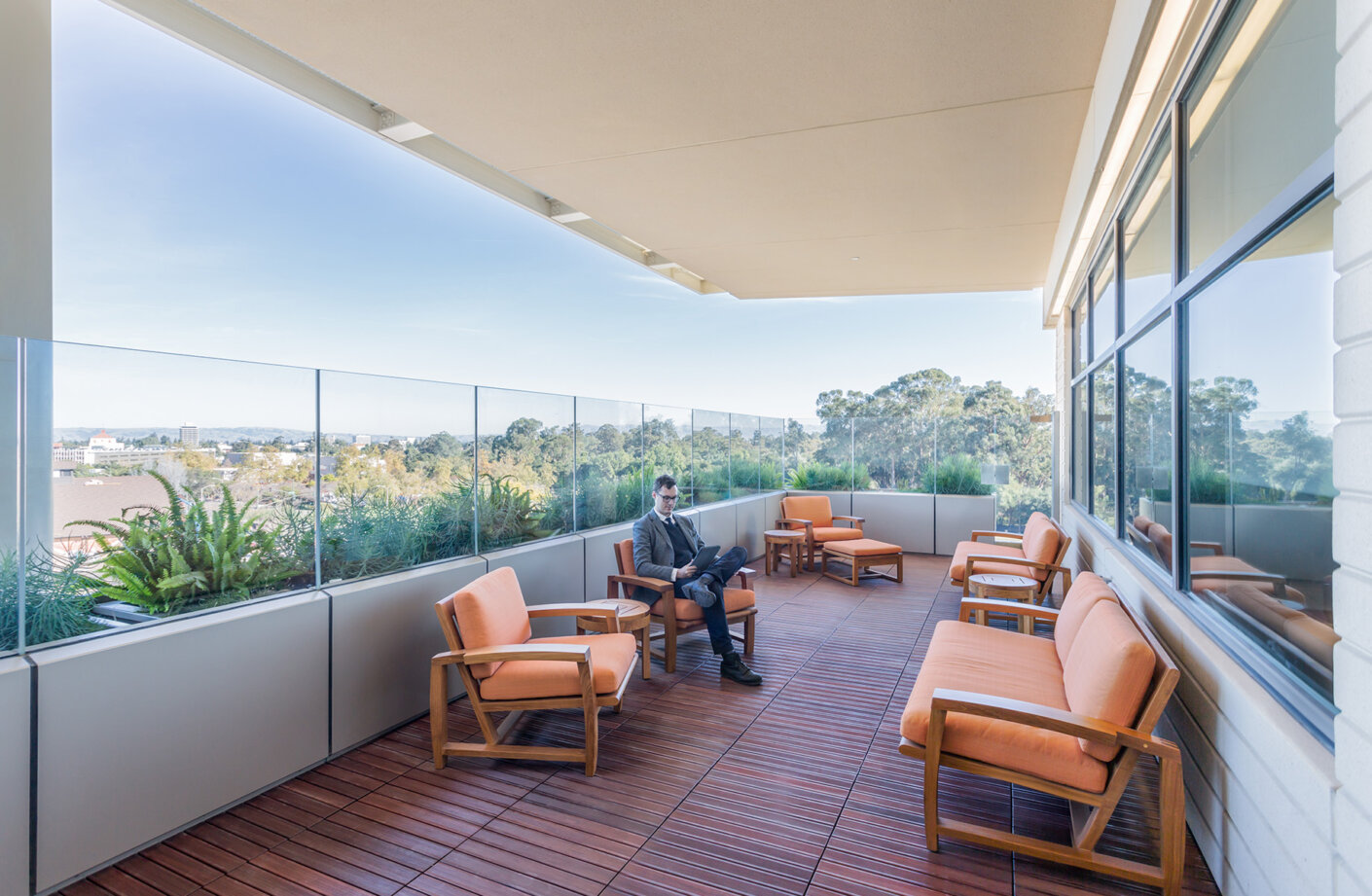
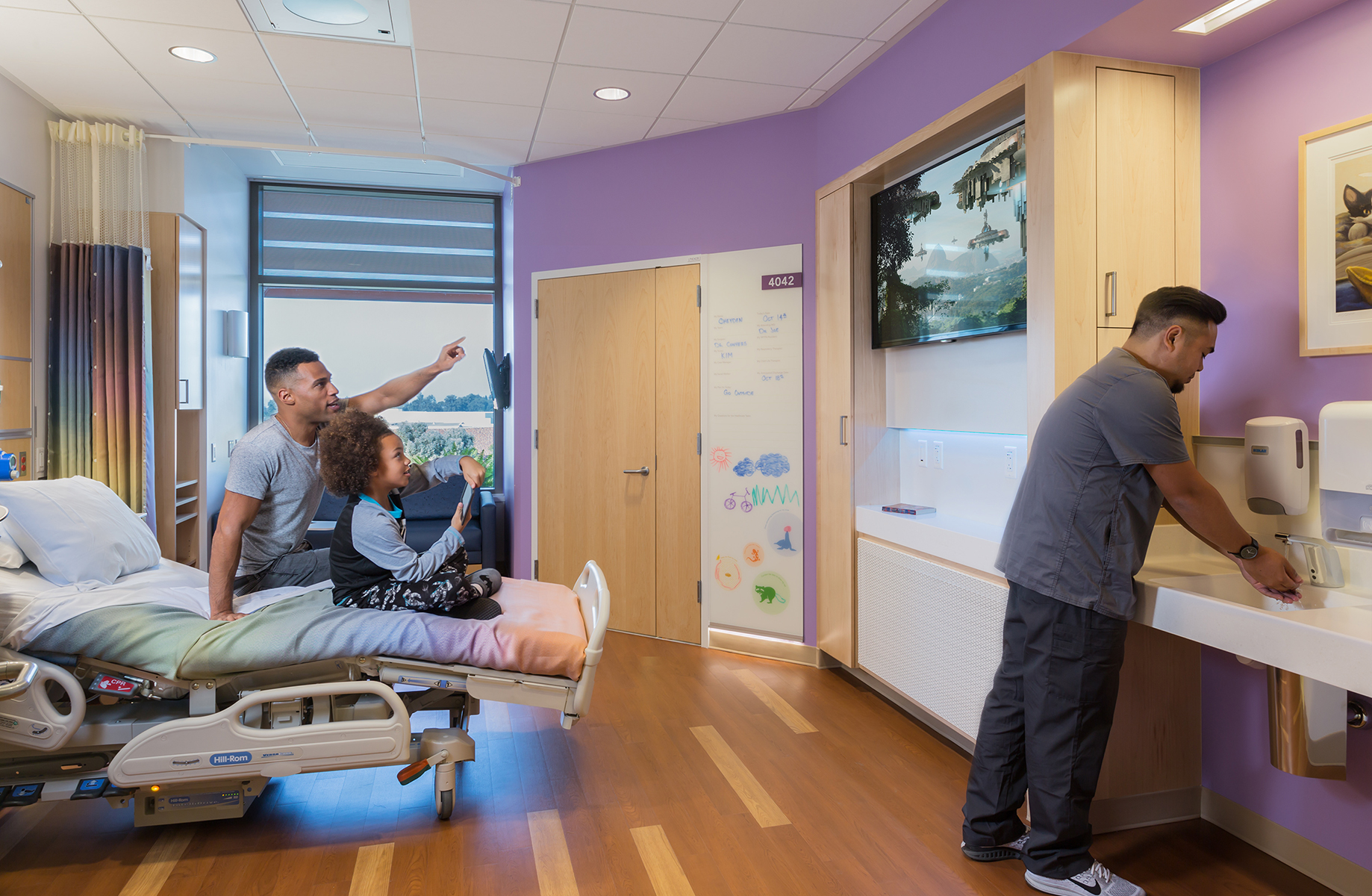
More than a quarter of the materials used to build the hospital were extracted or manufactured within 500 miles of Palo Alto. And many of the hospital’s wooden design elements, including an outdoor canopy, the main public elevator tower, and a series of family “nooks,” are made with wood salvaged from the iconic old Moffett Hangar 1—a 1930s naval hangar that once towered over nearby Mountain View, and was a landmark in Silicon Valley before being deconstructed in 2012.
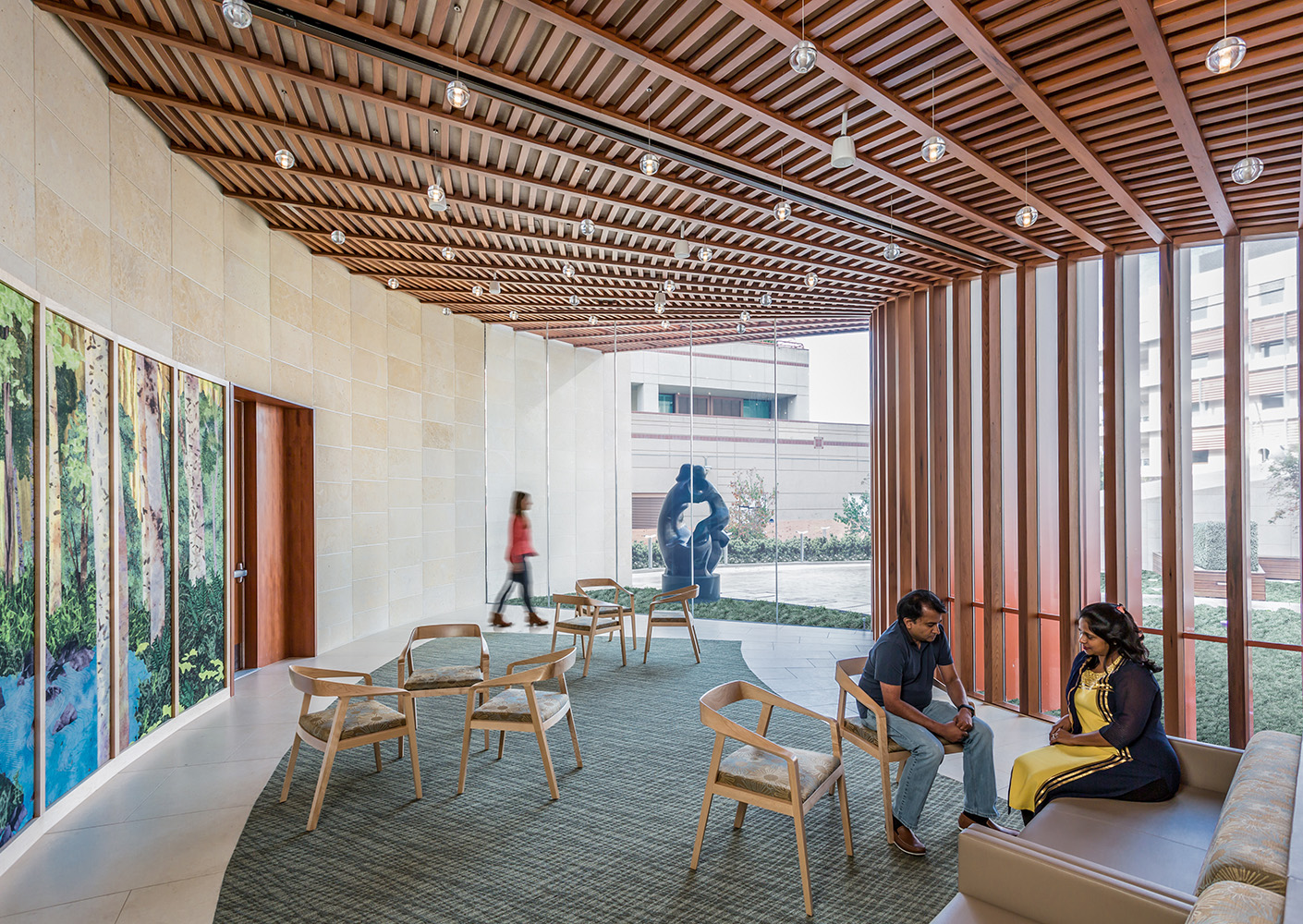
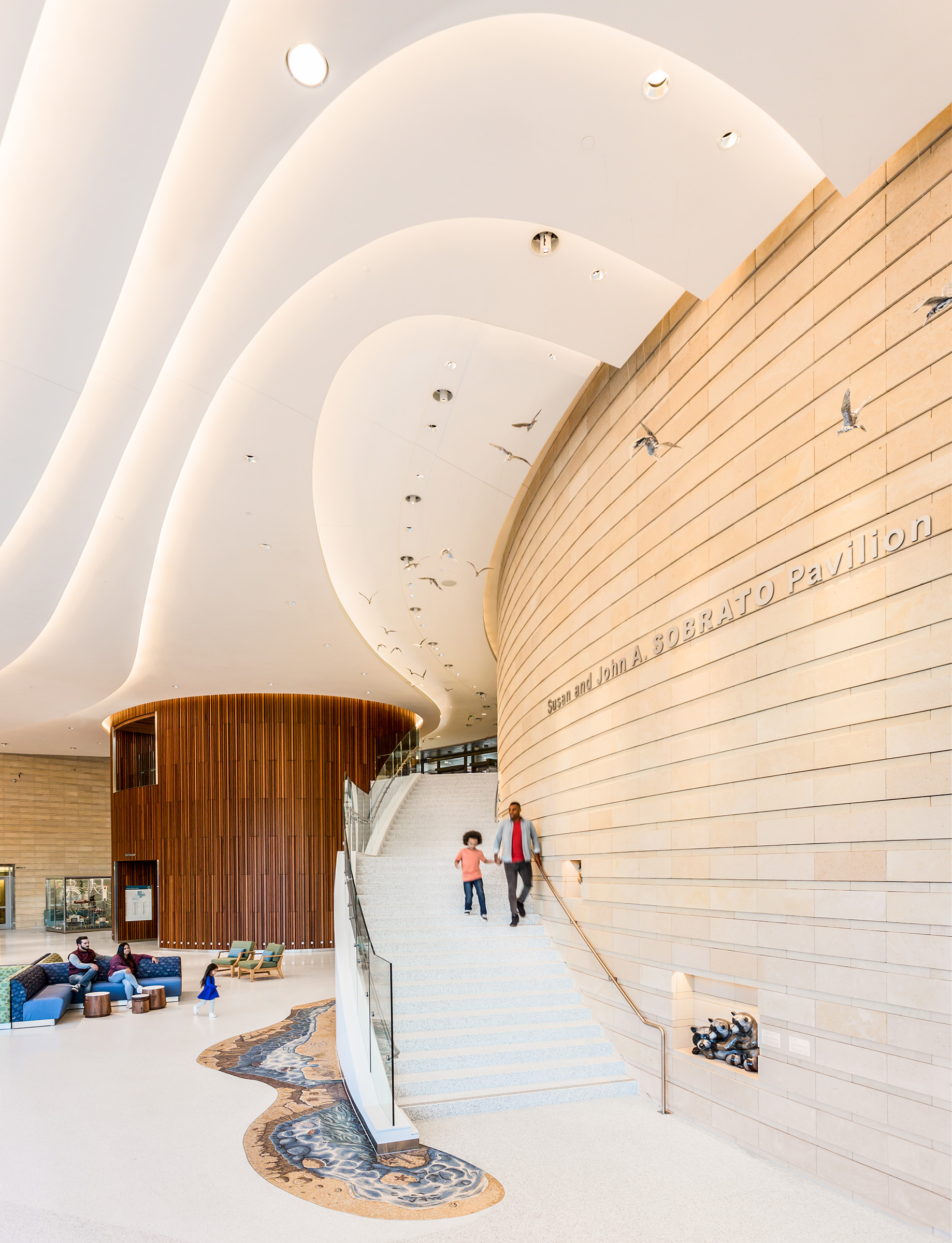
Compared to building code, the new Lucile Packard Children’s Hospital Stanford is designed to reduce energy consumption by 38 percent and reduce energy costs by 45 percent. Compared to the average regional hospital, it reduces energy consumption by 60 percent.
